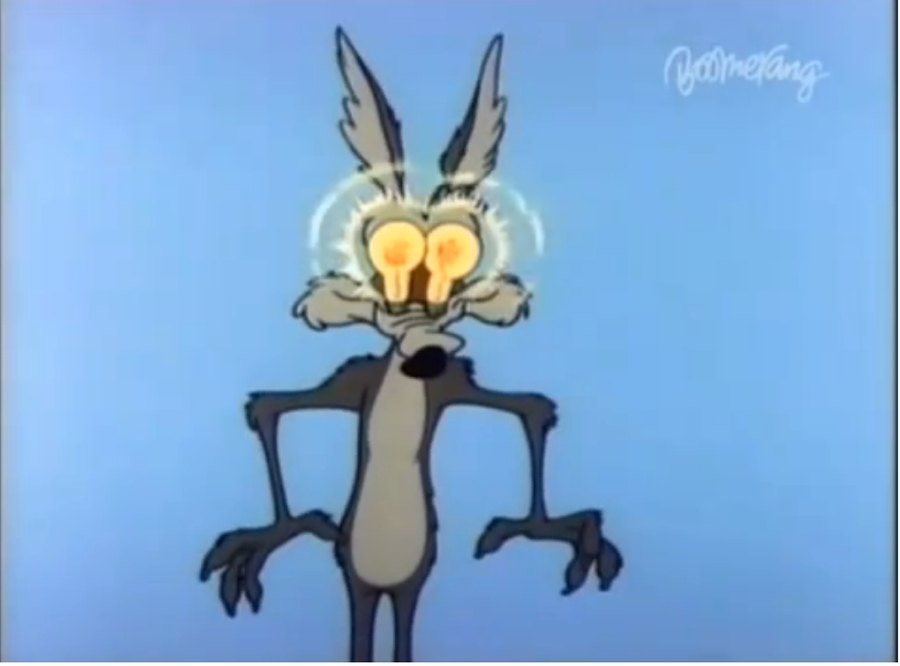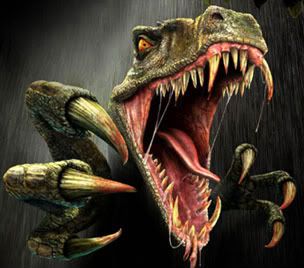 | |
| Awesome Philosophy Professor. Accept No Substitutes. |
When giving her advice to the class for how to handle the essay question on the final, she said to be brief.
This, then, is the net instruction for the essay question for my final exam in Philosophy this semester, which I reproduce for you now only because I am sure she will never use this exact question again:
"Explain what it means to be a person, a "you," a "me," using ideas from Luijpen, Sokolowski, and Wallace. Talk about what it means to be philosophical and why is it important to our individual future. From Sokolowski's "What is Intentionality," be sure to talk about how persons search for truth and how it is related to ethics. From Wallace, be sure to explain and use Wallace's account of "operative perfection,"how it is developed in person, and how it is related to ethics. From Sokolowski's "Soul and the Transcendence of the Human Person," explain and use Sokolowski's account of soul and spirit, being sure to talk about why spirit is different from soul and what makes it so important for our human actions. From his account of "The Self," talk about what it means to have both am empirical and a transcendental ego, and how they are differently related to the world and what it means to be an "I." Be sure to talk about human freedom and the resulting responsibility from either Sokolowski or Wallace. Finally, explain a theory from one of these texts that you have not already talked about and why you think it is important to you as a person here and now. Be precise, give some real detail and give explenations for all the ideas first as the authors discuss them, and then in your own words.
. . . be brief."

(Now, this alone, of course, is laugh-worthy. And even as I prepared for this essay (and we were all well prepared, I think), I was laughing at the irony inherent between the verbal and written instructions. However, since the rest of you were not there, let us have a bit of context if you please. For one thing, it was a timed test, and all things are relative. Any student who got too wrapped up in one point would not have time to finish the rest. And for another . . . well . . . frankly, I was in the class.
 | ||||||||
| Egad, why write a dirty limerick when there are entire ribald novels waiting to be composed...! |
So do not let my jest paint her in a poor light. For all that, upon consideration, I misread her instructions and therefore did at least part of the test improperly (wups), all in all I think everyone did well. All her students knew what they were in for, and walked away wiser for having taken her class. It is the apparent contrast in directions that amused me.)
And that being said, just as phrasing can paint anyone in any light, good or ill or indifferent, let us remember the joys of context, innuendo, and incomplete data this coming season. The Politics are coming upon us once again - or still - and disinformation continues to be the world's biggest business. And, like cars cranking out rap tunes with too much bass, it is everywhere.

Sometime again,
--Coyote
(Calvin and Hobbes are (c) Bill Watterson; ACME and WILE E Coyote are (c) Warner Brothers. All rights reserved by those who rightfully reserve them.)



